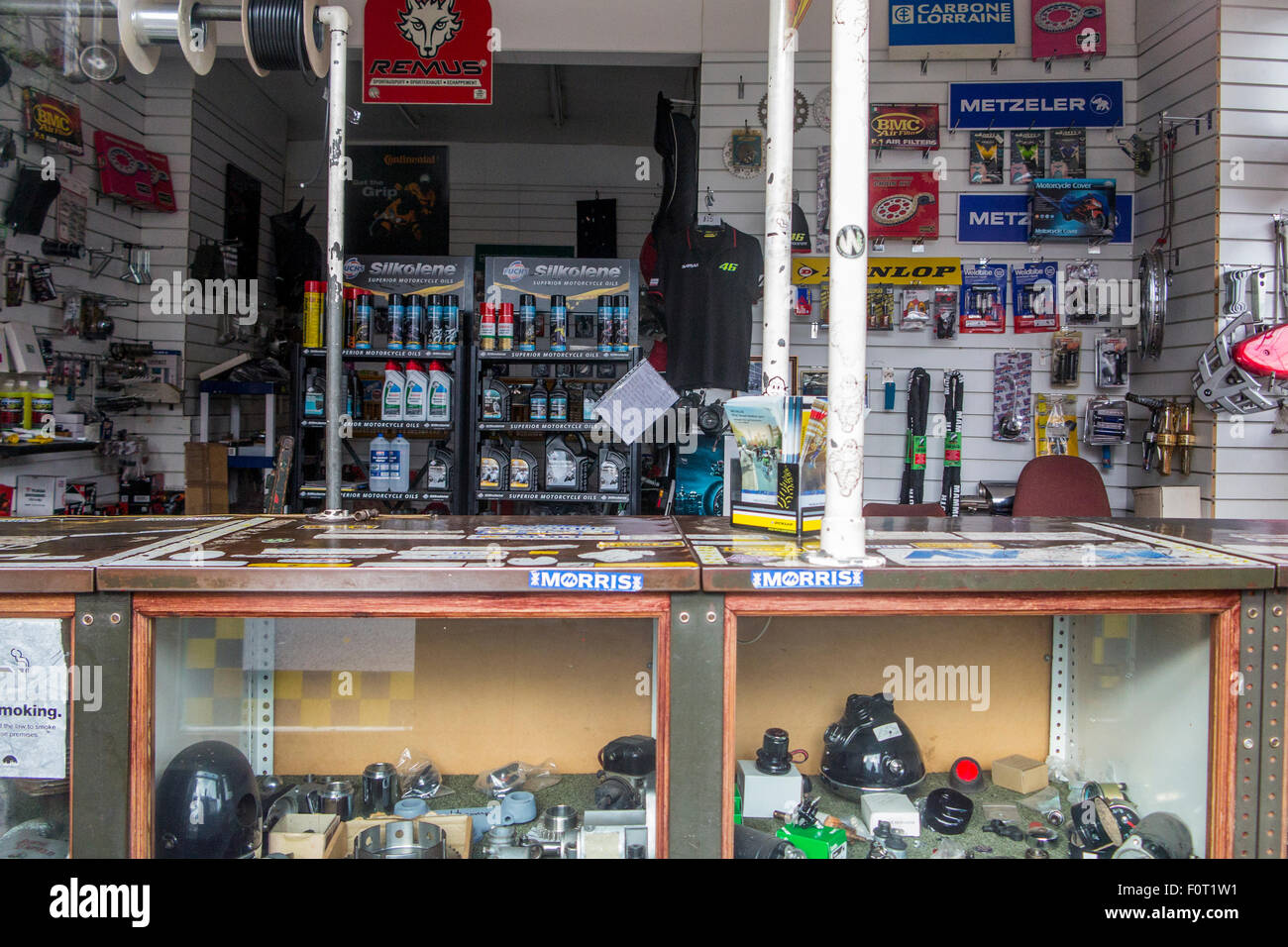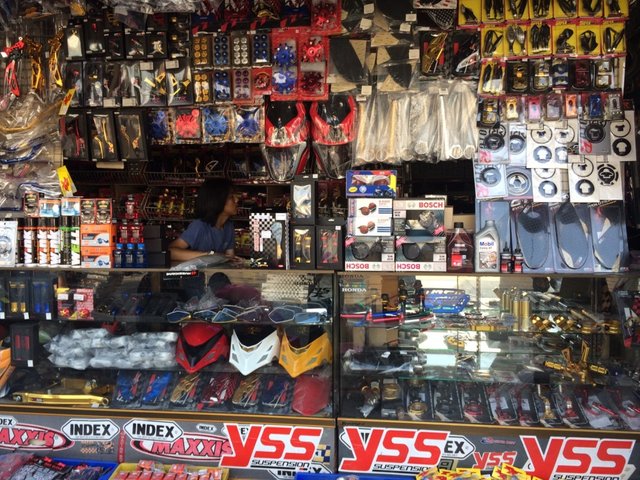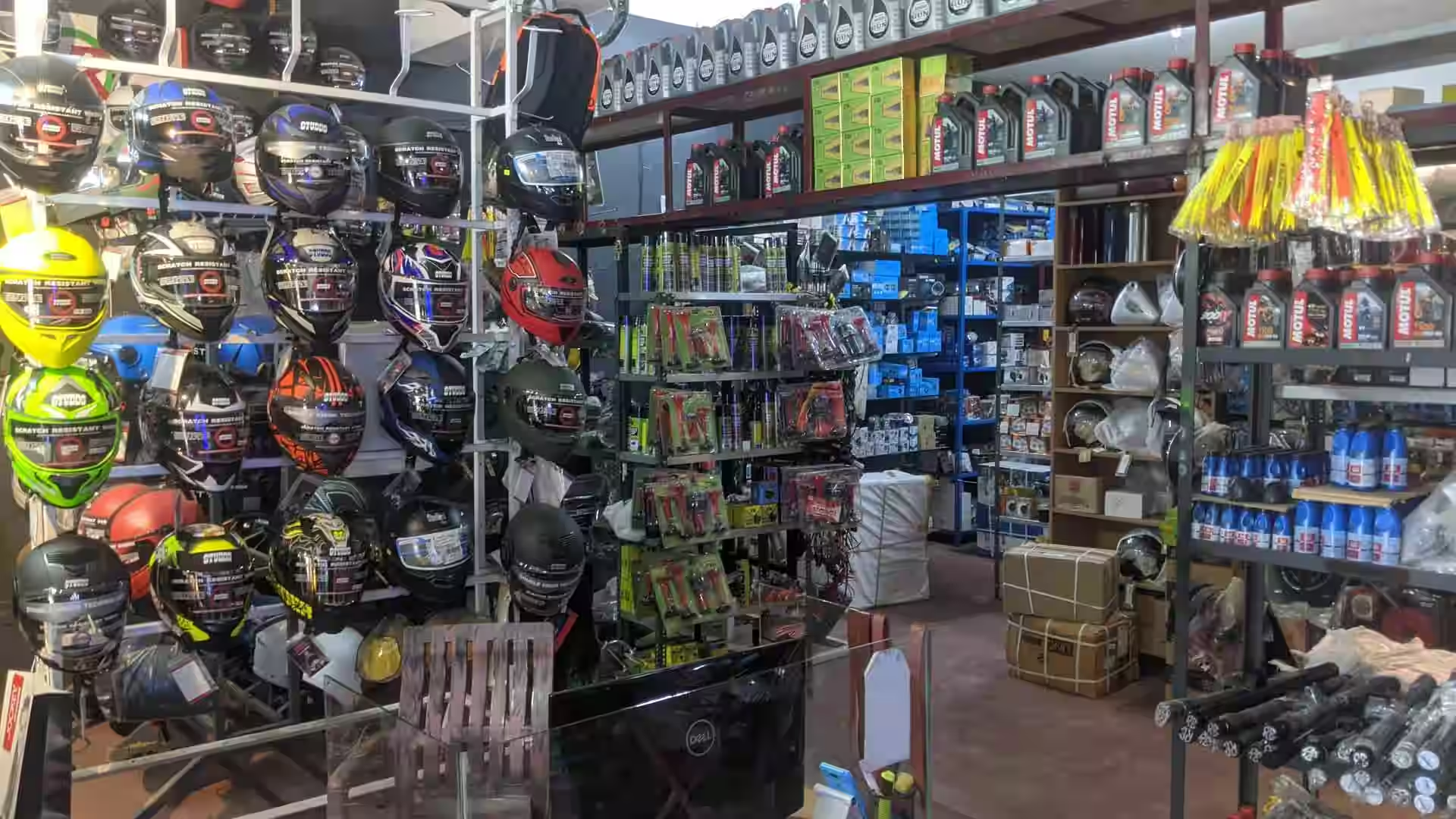Explore the most up to date Motocross Gear NZ for every single Degree of Rider
Explore the most up to date Motocross Gear NZ for every single Degree of Rider
Blog Article
Grasping Motorbike Gears: How to Optimize Your Riding Experience
In the realm of motorcycling, mastering the art of equipment adjustment is critical for boosting your riding performance. Effectively making use of and recognizing motorbike gears can significantly influence control, fuel, and velocity efficiency, transforming a typical trip right into a smooth, exciting trip. By integrating accurate change timing and adjusting equipment choice to various roadway conditions, cyclists can guarantee optimal engine efficiency and security. The nuances of clutch control, throttle coordination, and equipment mechanics bid a deeper expedition, promising to open the complete capacity of your machine. Just how can these techniques be used to really maximize your riding experience?
Comprehending Equipment Mechanics
At the core of motorcycle dynamics, gear technicians play a crucial function in transforming engine power right into activity, inevitably determining speed and control. The equipment proportions, thoroughly developed, determine the partnership in between engine transformations and wheel turns, affecting acceleration and fuel efficiency.
Understanding gear technicians starts with identifying the importance of the transmission, which houses several gears of differing sizes. These gears connect via a procedure known as meshing, where teeth of various equipments engage to transfer power.
Additionally, the idea of equipment changing is essential to taking full advantage of efficiency. Smooth and prompt shifts make sure that the engine operates within its optimum power band, preventing unnecessary strain and improving long life (mx parts nz). By understanding these mechanical details, motorcyclists can achieve a harmonious mix of power, control, and efficiency, elevating their riding experience
Timing Your Changes
Shift timing mastery is necessary for enhancing motorbike efficiency and boosting the riding experience. Effectively timed changes make certain that the engine runs within its optimum power band, which is crucial for maintaining control, attaining smooth acceleration, and making sure the durability of the motorbike. Bikers need to create an user-friendly feeling of when to move equipments, which includes understanding the partnership in between engine revolutions per minute (RPM) and speed.
To master change timing, pay very close attention to the engine's noise and really feel, as these offer important clues about when to transform equipments. When the engine approaches the upper array of its power band without reaching the redline, the perfect change point typically takes place - motocross parts nz. Shifting prematurely can bring about a lack of power, while moving far too late may create unnecessary engine stress
Additionally, roadway problems and riding design impact shift timing. In comparison, throughout highway riding, less changes at higher speeds can be extra proper.
Enhancing Fuel Effectiveness
While mastering motorcycle gears is vital for efficiency, boosting fuel effectiveness is equally vital for both ecological and financial factors. Optimal gas consumption not only minimizes operational expenses yet additionally minimizes the environmental impact of riding. To accomplish this, one need to recognize the intricate partnership between gear choice and engine efficiency.
To start with, selecting the ideal equipment at suitable rates can considerably affect gas usage. Riding in a greater gear at reduced rates can bring about engine lugging, which is harmful to both fuel economic climate and engine wellness. Alternatively, riding in reduced equipments at broadband results in unnecessary gas intake. Hence, maintaining an optimum equilibrium by changing equipments abreast with road conditions and expected maneuvers is vital.
Additionally, normal upkeep plays a critical role in gas performance. Making sure that the motorbike is well-tuned, with clean air filters and properly blew up tires, can improve aerodynamics and lower fuel wastefulness. In addition, taking on a riding design that accepts gradual velocity and smooth deceleration can add to far better fuel economic situation.

Strategies for Smooth Transitions
Accomplishing smooth gear transitions is essential to improving the riding experience and ensuring the durability of a motorcycle's transmission system. Appropriate gear moving not only adds to a seamless ride yet also lessens wear and tear on the mechanical elements. To grasp the art of smooth transitions, bikers have to focus on a few essential strategies.

Secondly, clutch control plays a critical role. Involving and disengaging the clutch smoothly needs practice. The clutch bar need to be released slowly, permitting for a smooth transfer of power from the engine to the wheels without triggering a jolt or sudden motion.

Adapting to Roadway Problems
Browsing diverse roadway problems is an important ability for any motorcyclist intending to preserve control and safety. Whether you're riding on wet surfaces, gravel roadways, or navigating doglegs, your capacity to adapt your equipment usage and riding technique is extremely important. Comprehending how to change your equipments suitably can significantly affect grip and stability, making certain a more secure journey.
On wet roads, it is a good idea to keep greater equipments to lower torque and reduce wheel spin. This method aids preserve grip on unsafe surface areas, permitting smoother velocity and slowdown. In contrast, when riding on crushed helpful hints rock or unequal terrain, reduced gears are preferable. Reduced gears give much better control and allow you to respond more swiftly to unexpected modifications in the roadway surface.
Sharp contours demand specific equipment management to stabilize speed and control. Downshifting before going into a contour can aid maintain energy while guaranteeing the motorcycle remains steady throughout the turn. Regular practice in different problems improves your ability to respond and predict to changes in roadway texture and slope.
Final Thought
Understanding motorcycle gears dramatically enhances the riding experience by enhancing velocity, gas, and control effectiveness. A comprehensive understanding of equipment mechanics and precise change timing guarantees the engine runs within its ideal power band, while smooth shifts via reliable clutch and throttle sychronisation rise convenience and efficiency. Adapting gear option to numerous roadway problems, such as utilizing higher equipments on wet surfaces and reduced equipments on crushed rock, further boosts handling and have a peek at this site safety. Eventually, these abilities raise the general trip.
Understanding gear technicians begins with identifying the value of the transmission, which houses several gears of differing dimensions. These gears engage with a process recognized as meshing, where teeth of different equipments chopper headlight engage to transfer power (motocross gear). Mild changes to the throttle during equipment changes can avoid jerky activities and preserve a regular riding speed
Whether you're riding on wet surface areas, crushed rock roadways, or browsing sharp turns, your capacity to adjust your gear usage and riding strategy is vital. Adapting equipment selection to numerous roadway problems, such as making use of higher equipments on damp surfaces and reduced gears on crushed rock, further improves handling and safety.
Report this page